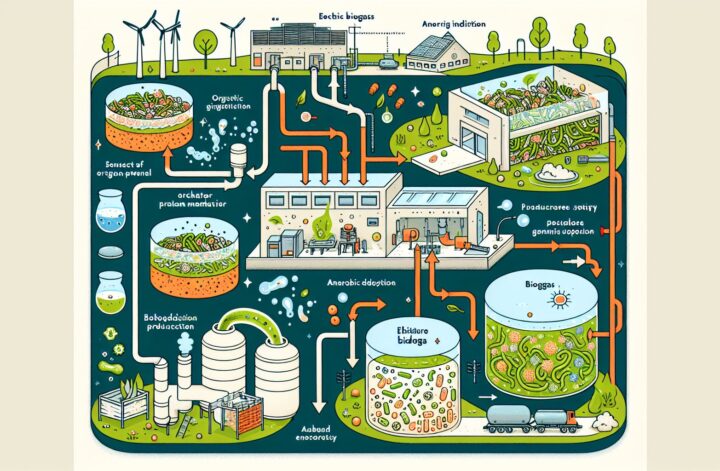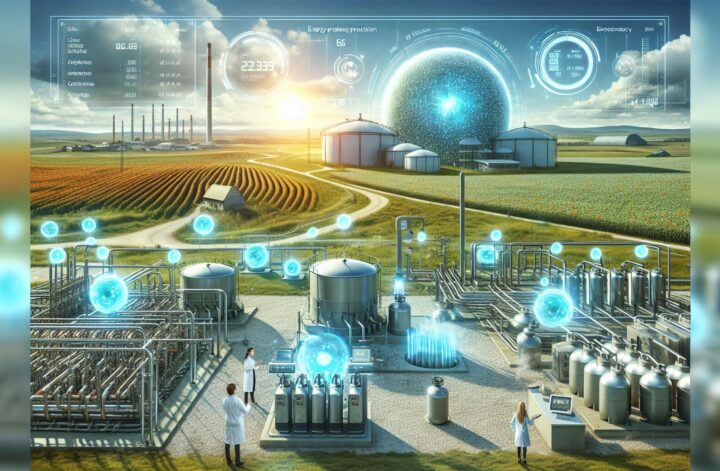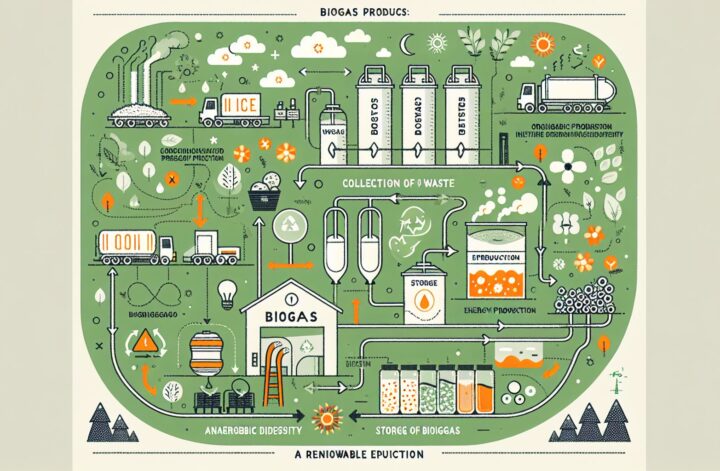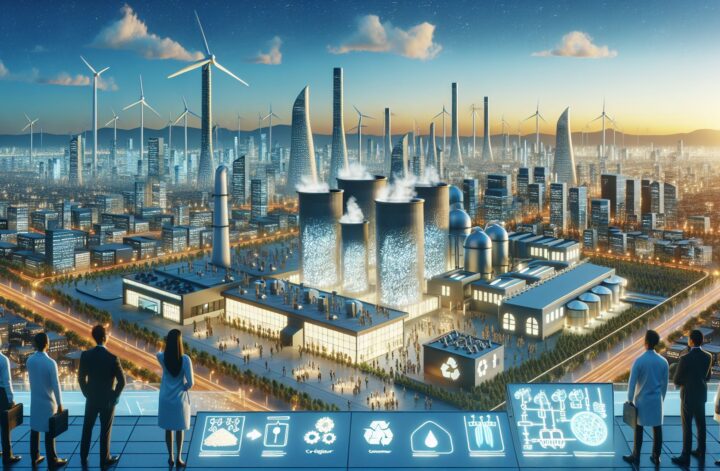Sustainability has been a hot-button issue worldwide, with a variety of strategies being brought to the forefront to combat the worsening condition of our environment and its dwindling resources. Among these various strategies is the production of biogas. This article aims to shed light on the concept, process, and implications of biogas production.
What is Biogas?
Biogas is a renewable energy source that is created from the anaerobic breakdown of organic waste by bacteria [^1^]. Biogas typically comprises methane, carbon dioxide, traces of hydrogen sulfide, and fractions of other gases.
The significant feature of biogas is that it can serve as an organic waste treatment strategy while also producing energy. Its benefits extend to mitigating global warming, improving soil health, and reducing waste.
The Process of Biogas Production
Biogas production involves a comprehensive process in an anaerobic digester that includes four primary stages: hydrolysis, acidogenesis, acetogenesis, and methanogenesis.
Hydrolysis
Waste material comprising low-rate readily biodegradable carbohydrates, fats, and proteins undergoes enzymatic breakdown to simpler, soluble organic compounds, leading to the production of sugar, amino acids, and long-chain fatty acids.
Acidogenesis
The second stage, acidogenesis, involves fermentation in which bacteria acts upon the soluble compounds from hydrolysis, breaking them down into volatile fatty acids and alcohols.
Acetogenesis
During acetogenesis, simple organic compounds are transformed into acetic acid, hydrogen, and carbon dioxide.
Methanogenesis
In the final and most crucial stage – methanogenesis, methane-producing archaea convert the acetic acid and gases into methane and carbon dioxide [^2^].
Anaerobic Digestion Design
The heart of a biogas plant is the anaerobic digester design, which facilitates the process of biogas production. In creating an efficient design, significant factors such as organic loading rate (OLR), hydraulic retention time (HRT), temperature, and pH must be considered.
Organic Loading Rate (OLR)
The OLR is the amount of organic matter added per unit of reactor volume per day. Appropriate OLRs ensure steady methane yields.
Hydraulic Retention Time (HRT)
HRT is the average length of time that a soluble compound stays in the reactor. Optimizing the HRT enhances the digestion process.
Biogas Upgrading
Following production, biogas undergoes upgrading or scrubbing to remove impurities, notably CO2, H2S, and water vapor, to increase the methane content, making it suitable for use in vehicles, injection into natural gas grids, etc.
Implications and Applications
Biogas is a versatile energy source with several practical uses:
Combined Heat and Power (CHP)
CHP is a highly efficient power system capturing energy wasted during conventional electricity generation for utilization as heat.
Volatile Solids Reduction
Biogas production significantly decreases the volume of volatile solids, decreasing the total volume of waste and reducing disposal costs.
Greenhouse Gas Reduction
Since biogas captures methane (a potent greenhouse gas), its utilization helps reduce greenhouse emissions, making a positive impact on climate change [^3^].
Conclusion
Biogas production represents a significant stride toward sustainable living by tackling the waste crisis and the growing demand for renewable energy simultaneously. As our understanding of this technology advances, we stand a better chance of slowing down climate change by taking full advantage of waste products that would have otherwise been discards.
[^1^]: “What is Biogas? A Beginners Guide”, www.biogas-info.co.uk
[^2^]: “Anaerobic Digestion”, www.epa.gov
[^3^]: “Benefits of Biogas”, www.americanbiogascouncil.org




